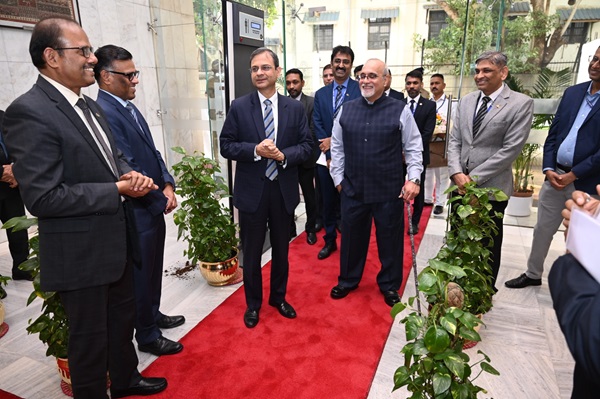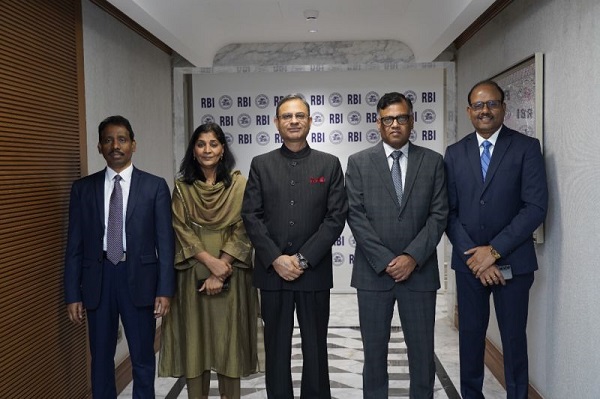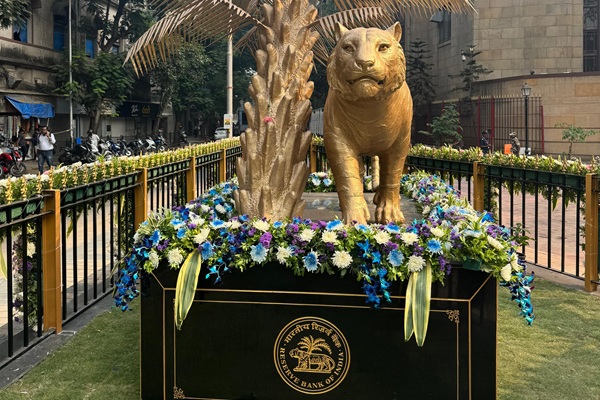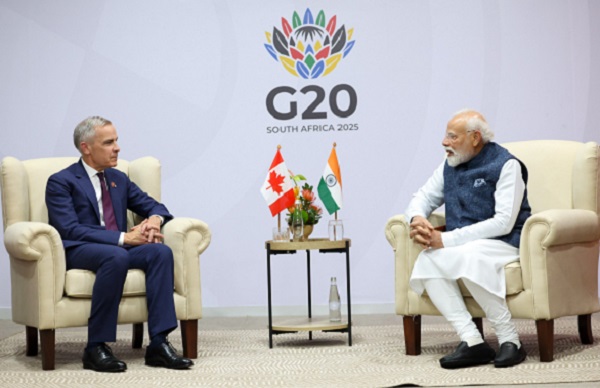.png)
RBI Seen Cutting Repo Rate By 25 Bps As Easing Cycle Gains Momentum
Most analysts anticipate a cumulative repo rate reduction of at least 75 bps by March 2026 if inflation remains within the target band.

April 7, 2025 at 11:45 AM IST
The Reserve Bank of India is expected to reduce the policy repo rate by 25 basis points at the Monetary Policy Committee meeting started Monday. This would follow February’s 25-bps cut—the first in five years—and reflect changes in domestic macroeconomic conditions that support continued monetary easing. Polls conducted by leading financial publications and agencies point to a consensus expectation of a rate cut this Wednesday when the outcome is announced.
Recent inflation data has come in below projections. Consumer Price Index readings for January and February were lower than expected, largely due to a decline in food prices. Core inflation remains at around 4%, supported by muted global commodity prices and restrained domestic demand. Institutional forecasts for average inflation in 2025-26 now stand at approximately 4%, down from earlier estimates of 4.3% to 4.5%. The inflation in February was at 3.6%, below the medium target of 4%, providing scope for policy accommodation.
Economic activity appears to have moderated in the January–March quarter, with high-frequency indicators showing slower momentum. In response to recent global trade developments, Goldman Sachs has reduced India’s FY25 real GDP growth forecast by 30 bps to 6.1%. The investment bank cited the impact of new tariff measures announced by the United States for the lower projection.
“We now expect a total of 100 bps of repo rate cuts in this cycle, including an additional 50 bps in 2025, assuming headline inflation remains below 4% by (October-December),” Goldman Sachs said in its outlook.
Credit growth remains at around 11%, suggesting continued caution in investment activity and limited inflationary pressure from demand-side factors. The negative output gap persists, supporting the case for a looser monetary policy stance.
Most analysts anticipate a cumulative repo rate reduction of at least 75 bps by March 2026, conditional on inflation remaining within the target band and no major global disruptions. Potential risks include weather-related supply shocks, commodity price swings, and exchange rate pressures.
Policy Stance
Despite the likely rate cut, the RBI may retain a neutral policy stance in the near term. This would avoid signalling an aggressive easing path and preserve the central bank’s flexibility in managing expectations.
Barclays said the MPC may prefer to hold the neutral stance due to continued global uncertainty. A shift to an 'accommodative' stance could lead markets to anticipate a sharper and quicker easing cycle, a scenario the RBI may wish to avoid.
Some economists, however, believe the MPC could move to an accommodative stance, which would signal a greater focus on supporting growth amid a stable inflation backdrop and external headwinds.
Liquidity conditions have shifted into surplus in the last few weeks. The RBI’s operations have moved the liquidity in the banking system from a deficit to a surplus of nearly ₹1 trillion, equivalent to 0.5% of net demand and time liabilities. Consequently, overnight inter-bank rates are now below the policy rate, indicating easier financial conditions.
Recent reports suggest the RBI is reviewing the liquidity framework, although any changes are unlikely to be announced in the April policy statement. Barclays expects continued liquidity support through open market operations, longer variable rate repos, FX swaps, and possibly targeted long-term refinancing operations, depending on evolving conditions.
New Deputy Governor
The recent appointment of Poonam Gupta as Deputy Governor has added to expectations of continued easing, though it is not clear whether she will be part of the committee. A former World Bank economist, Gupta has previously argued that policy rates in India are elevated relative to growth dynamics.
In public remarks following the February policy review, Gupta emphasised the RBI’s institutional responsibilities and highlighted the scope for lower interest rates in an environment of weak demand.



